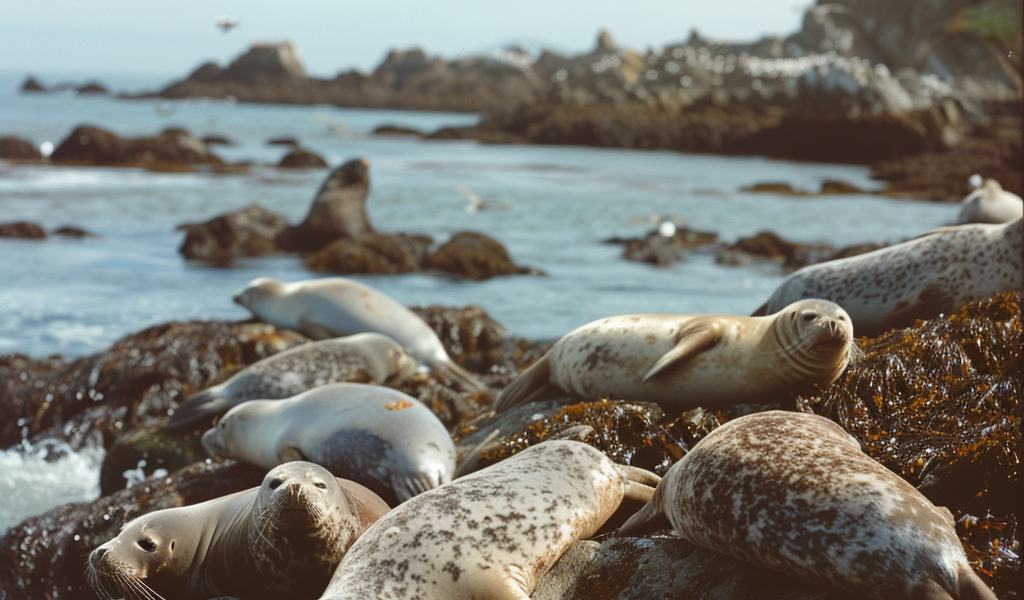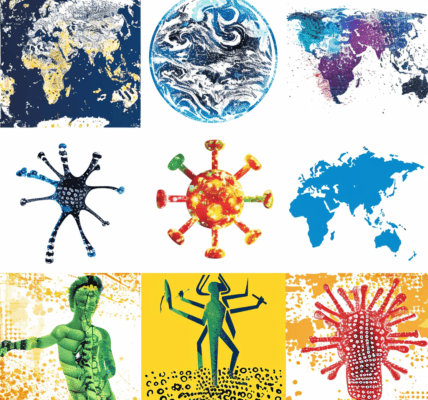In a concerning development for wildlife enthusiasts and coastal visitors, a rabies outbreak among seals has prompted urgent warnings from researchers. The outbreak, which has been observed in a popular coastal area, is raising alarms about the potential risks associated with close encounters with these marine mammals.
Seals, often regarded as charming and playful creatures, are now at the center of health advisories aimed at protecting both the animals and the public. Researchers emphasize the importance of maintaining a safe distance from seals, particularly in light of the recent rabies cases that have been reported.
Rabies is a viral disease that affects the central nervous system and is typically transmitted through bites or scratches from infected animals. In seals, the symptoms can manifest in various ways, including behavioral changes, increased aggression, and difficulty swimming or moving. These signs can pose a threat not only to other wildlife but also to humans who may inadvertently come too close.
Authorities are advising visitors to coastal regions where seals are commonly spotted to exercise caution. This includes avoiding direct contact with the animals and refraining from feeding or attempting to interact with them. The risk of transmission of rabies underscores the need for public awareness and education about wildlife safety.
Experts are also urging those who work or spend time in close proximity to marine environments to be vigilant. Beachgoers, fishermen, and boaters should be particularly cautious and report any unusual behavior in seals to wildlife officials. Quick reporting can help in managing the outbreak and preventing further spread of the disease.
In addition to the immediate health concerns, the rabies outbreak raises questions about the overall health of seal populations and marine ecosystems. Researchers are investigating the factors contributing to this spike in rabies cases, including environmental changes and potential impacts from human activity.
As the situation develops, wildlife officials are closely monitoring seal populations and implementing measures to mitigate the outbreak’s effects. Public health campaigns are being launched to educate the community about the risks associated with rabies and the importance of respecting wildlife boundaries.
In the broader context, this incident serves as a reminder of the delicate balance between human activity and wildlife conservation. As coastal areas become more frequented by tourists and recreational activities increase, the interactions between humans and wildlife can lead to unforeseen consequences.
Visitors to affected areas are encouraged to stay informed about local wildlife advisories and to support conservation efforts aimed at protecting both seals and their habitats. By fostering a respectful coexistence with wildlife, communities can help ensure the safety of both humans and animals.
The rabies outbreak among seals is a stark reminder of the vulnerabilities present in our natural world and the ongoing need for vigilance in wildlife management and public health. As researchers continue to study the outbreak, the hope is that effective strategies can be developed to prevent similar incidents in the future.
In related news, the impact of environmental changes on wildlife is becoming an increasingly urgent topic of discussion. As climate change continues to affect ecosystems globally, the health and stability of marine life, including seals, are at risk. This situation highlights the interconnectedness of environmental health and public safety.
As the community grapples with the ramifications of the rabies outbreak, it is crucial for individuals to remain informed and proactive in their interactions with wildlife. By prioritizing safety and education, we can contribute to a healthier environment for all species.





